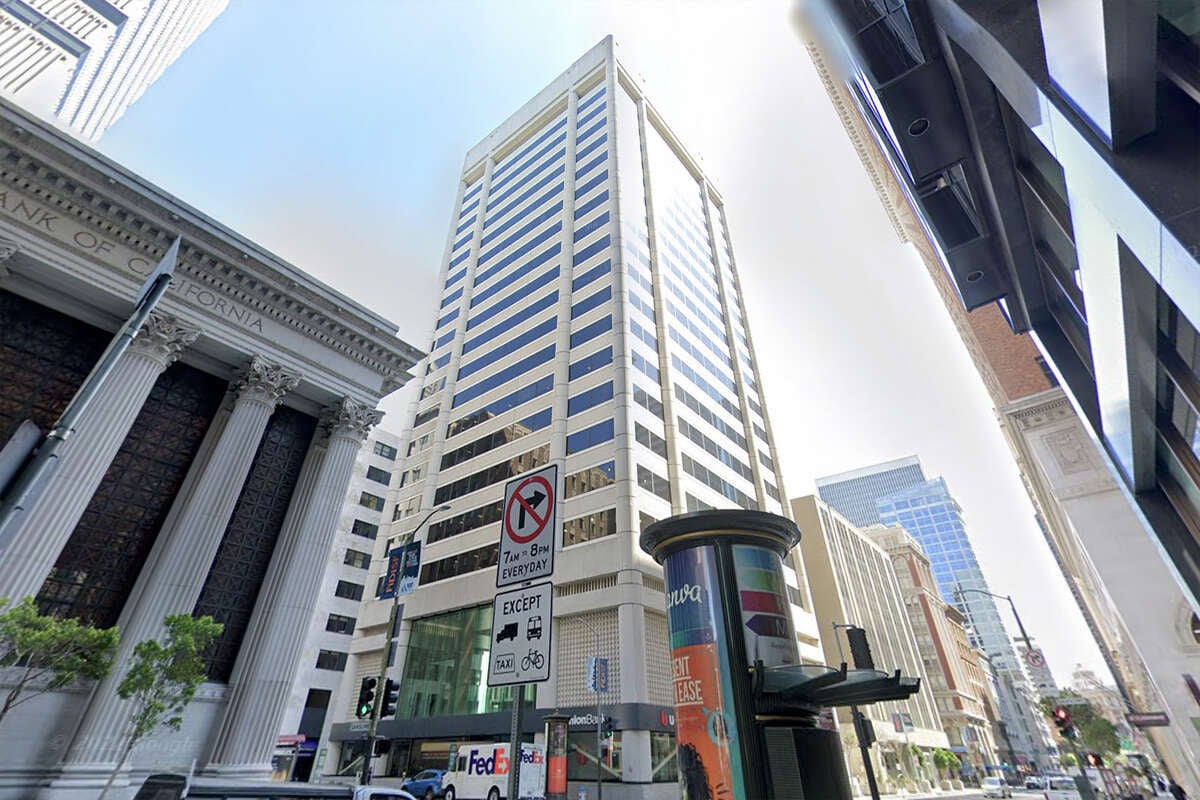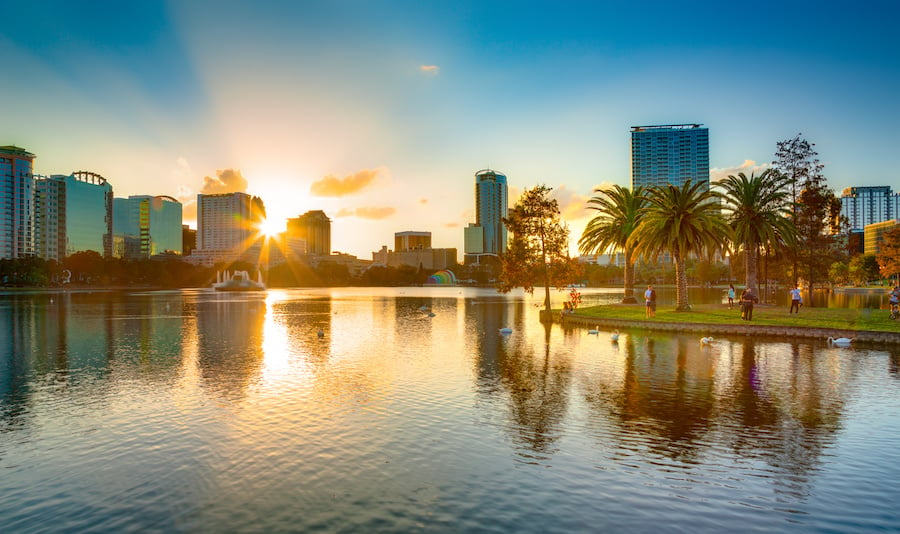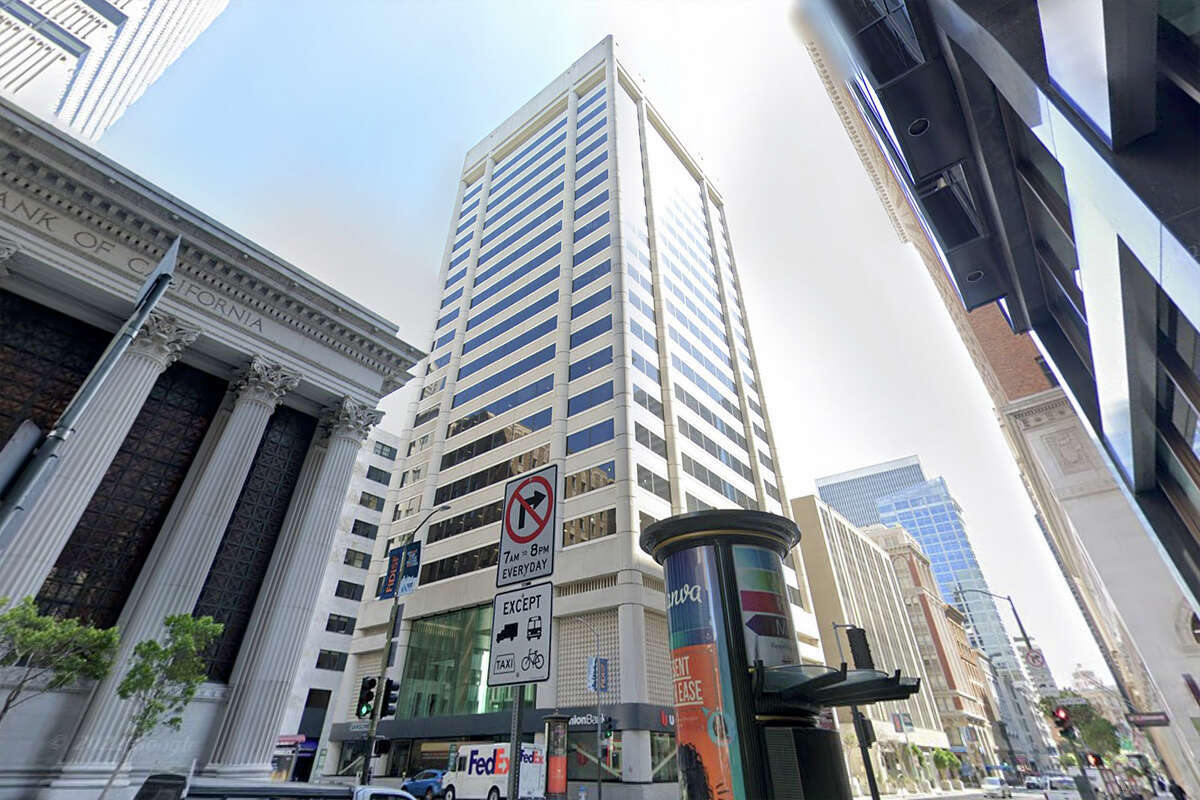Between 2005 and 2017, a staggering 90% of all jobs added in innovation sectors were concentrated in five cities: San Francisco, San Jose, Boston, Seattle, and San Diego. However, the landscape we find ourselves in today is vastly different.
We've witnessed the rise and subsequent fall of our country's once-thriving tech hubs. These cities, once bustling with innovative technology and overpaid software engineers, have transformed into deflated ghost towns in the aftermath of the pandemic-induced upheaval of the traditional workplace model.
The crash of these tech meccas has reverberated throughout their ecosystems, which had become heavily reliant on the massive footprints of tech giants complete with game rooms, nap pods, and other extravagant perks.
Now, these cities are grappling with high vacancies, plummeting property values, and a concerning doom loop of issues encompassing high crime rates and exorbitant costs of living.
The result? A mass exodus from these urban centers, with individuals and businesses alike seeking refuge in the welcoming embrace of America's sunbelt. This more affordable and business-friendly region offers a refreshing change of pace from the struggles of the former tech hubs.
Let's delve into these disparities and explore the emergence of the new hot areas—places where the promise of success in business is met with more favorable conditions and a renewed sense of opportunity.
But, as always, capitalizing on geographic trends is only one piece of the puzzle to thriving in a post-pandemic office market. Receive your free copy of Surviving the Office Apocalypse today to learn all the necessary tactics to optimizing your portfolio amidst a collapsing office market.
Rome Has Fallen
Cities like San Francisco are no longer the thriving hubs they once were, prompting a wave of people and businesses to move elsewhere.
The Sunbelt cities, in contrast, are experiencing a surge in job growth that now surpasses traditional powerhouses. High costs and a decline in quality of life have led many companies to relocate, seeking better living conditions and affordability.
|
“A recent study of 500 U.S. companies that relocated headquarters in the past six years found one-third of them involved leaving the San Francisco, Los Angeles or New York City area, mostly for lower taxes and out of the desire to seek a different business climate.” -Wall Street Journal |
The rise of remote work has played a significant role in this shift. With remote arrangements becoming more prevalent, well-paid workers are choosing to move to more favorable areas, taking their salaries with them. This trend has not only empowered workers but has also fueled hiring in traditionally low-cost markets.

It has also led to the explosion of job opportunities in emerging tech hubs (at expense of old hubs). Most of the new growth in job opportunities has been concentrated in the American south. Sunbelt cities in Florida, Texas, Tennessee, and Arizona, to name a few, have dominated the pipeline, highlighting stark national disparities in economic conditions.
|
“Since 2020, job postings for Phoenix have jumped by more than 60%; conversely, the Bay Area’s postings fell by 25% during that time, data from jobs site Indeed show.” -Wall Street Journal |
Northern cities are grappling with a simultaneous increase in taxes, cost of living, and regulatory restrictions like ESG policies, while the South remains comparatively more affordable and business friendly.
Meanwhile, there's a federal initiative to reduce dependence on foreign countries for supply chains and manufacturing.
The Chips Act, aimed at enhancing America's technological production capabilities, is leading to the establishment of facilities closer to home or in nearby allies like Mexico. This shift is gradually loosening ties with countries such as China in favor of domestic or nearby production. And thus, we have the practice of onshoring and/or nearshoring. The initial expansion in the South is now rippling through neighboring states along the Gulf of Mexico, showcasing a strategic move towards boosting national prowess in technology production.
|
“Amid instability in Asia and Europe, more private capital that would have once gone to such regions is being directed into the U.S., often into Sunbelt areas, he says, while the Biden administration’s push to develop more domestic manufacturing, including semiconductor and battery production, has also added momentum in areas of the U.S. that have fewer building restrictions, more space and cheaper labor.” -WSJ |
Geopolitics and other shifting economic conditions have triggered new opportunities concentrated in the south.

Again, job expansion in these southern cities has come at the expense of the previous major CBD’s we all know and love. It’s not just San Francisco here that is losing jobs to cities in Florida, Texas, etc. New York, Boston, Chicago are also suffering.
For instance, the Orlando metro area saw a remarkable addition of 139,000 jobs in the past five years, representing a growth rate of over 11%. In comparison, jobs in the New York metro area grew by only 1.7% during the same period, with the San Francisco metro area experiencing a mere 0.1% growth, as reported by Economic Innovation Group data.
Businesses Can’t Leave Fast Enough
Indeed, it's not just cost of living concerns that are driving businesses to business-friendly cities in the South. The appeal goes beyond financial considerations to include the quality of life and safety that these cities offer.
Businesses are drawn to cities in the South for their overall better quality of life, which includes factors such as lower crime rates, cleaner environments, and more favorable living conditions. These cities often provide a more relaxed pace of life, with ample outdoor spaces, cultural amenities, and a strong sense of community.
|
“We’re finding we have more employees attracted by weather and work-life balance. That’s allowing us to attract a broader talent pool than otherwise we’d be limited to in the Northeast alone.” -Alejandro Perez, chief administrative officer at Bank of New York Mellon |
Safety is indeed another significant factor attracting businesses to the South. Southern cities generally have lower crime rates compared to their counterparts in the North, offering a greater sense of security for both residents and businesses.
In contrast, many Northern cities have been grappling with crime rates at alarming levels. Businesses occupying spaces in these cities face challenges in ensuring the basic safety of their employees.
For example, mobile-gaming company Skillz moved its headquarters from the Bay Area to Las Vegas, Nev., in January. Part of the reason was the increase in attacks on employees outside of their own headquarters. And this rings eerily reminiscent of what is happening in Chicago and New York City.
Citadel, the hedge fund owned by Ken Griffiths moved its headquarters away from Chicago in 2023 after a series of incidents put the safety of employees at risk. The relocation to Miami was cited as a better corporate environment as the CEO had also expressed disdain for growing crime in Chicago.
|
“If people aren’t safe here, they’re not going to live here. I’ve had multiple colleagues mugged at gunpoint. I’ve had a colleague stabbed on the way to work. Countless issues of burglary. I mean, that’s a really difficult backdrop with which to draw talent to your city from.” -Ken Griffiths |
And most recently, in New York city, a string of physical assaults on women reignited the conversation, making many question their basic ability to walk around safety.
This is compounded by similar issues that took place last summer highlighting the crisis on public transport. After a 40-year-old consultant for Deloitte was killed in the Times Square subway station, the city’s CEOs mobilized to do something about it as employees were reluctant to commute, over valid safety fears.
High crime is draining the country’s previous hubs of vitality. Because areas with high crime have resounding lower occupancy rates across the board. Low demand reflected by utilization is rapidly devaluing the office asset class in these areas.
If businesses can’t guarantee their employees basic safety in walking to work, they have no place locating offices in these areas.
Takeaways for Tenants
As the office market continues to evolve, it is evident that tenants must stay aware of these changes.
The once-thriving tech hubs are facing a wall of challenges, highlighted by the looming maturities about to hit the industry. The simultaneous emergence of new hotspots presents opportunities for those willing to adapt. Business-friendly states look to be the future of the office market.
In this dynamic landscape, understanding trends and preferences is key to navigating the post-pandemic office market successfully. And geography is only the tip of the iceberg. To be fully prepared to thrive in a post-pandemic office market, download your copy of Surviving the Office Apocalypse today. It is the tenant's essential handbook to avoiding the crossfire between banks and landlords.








